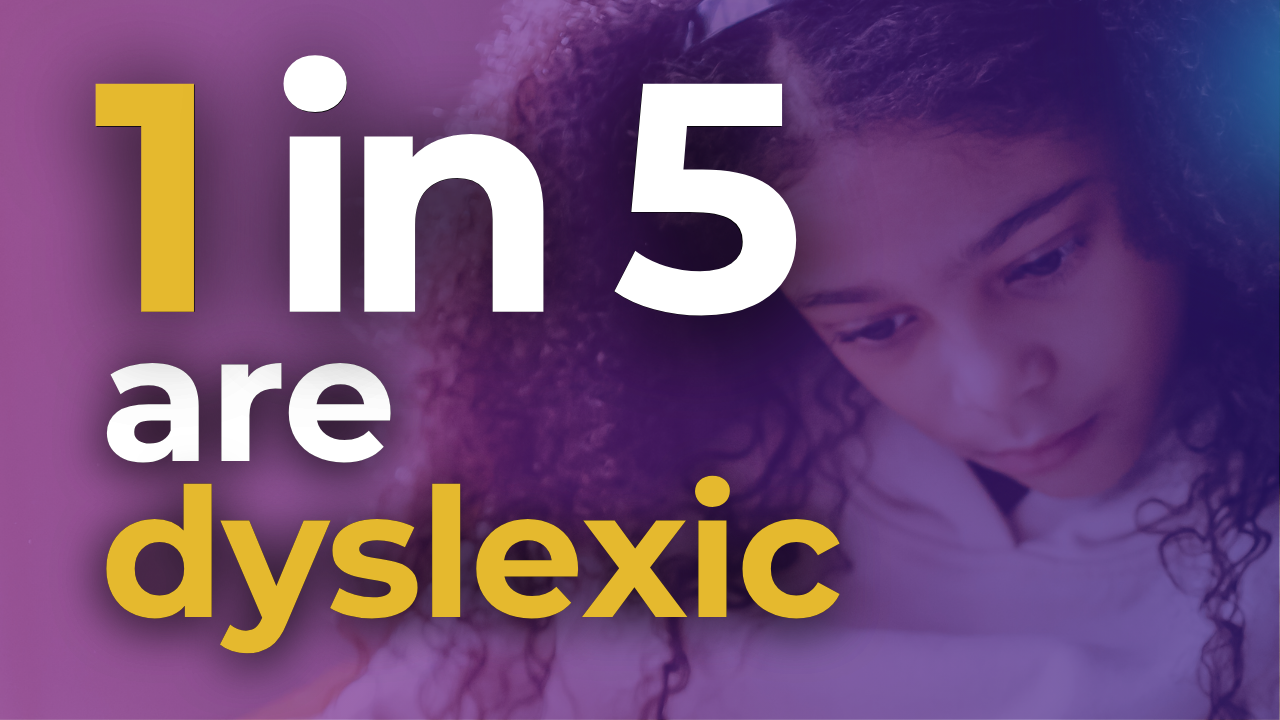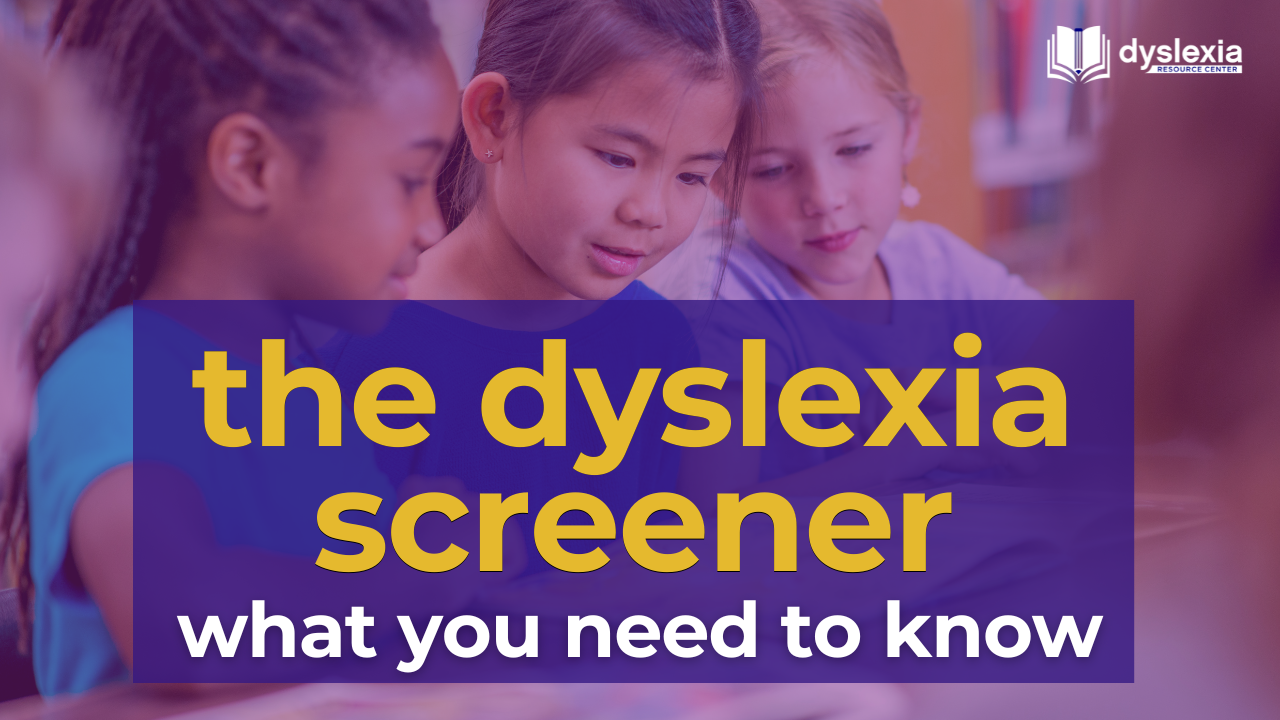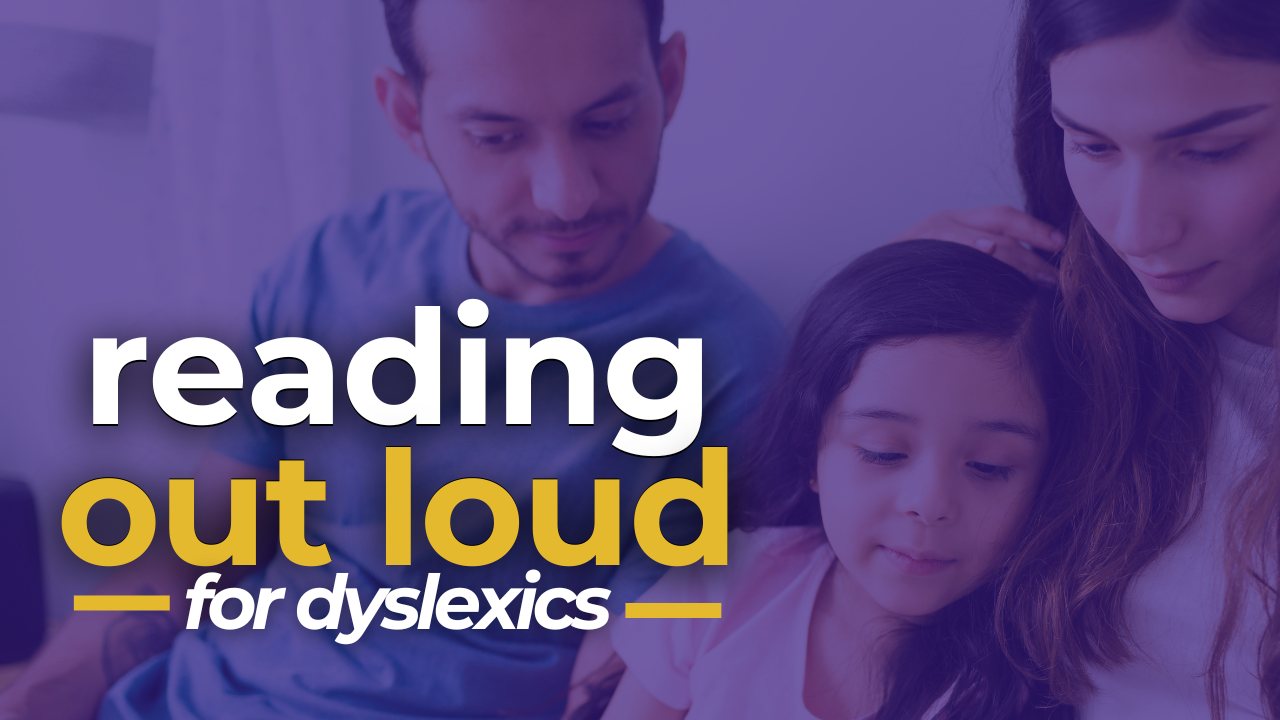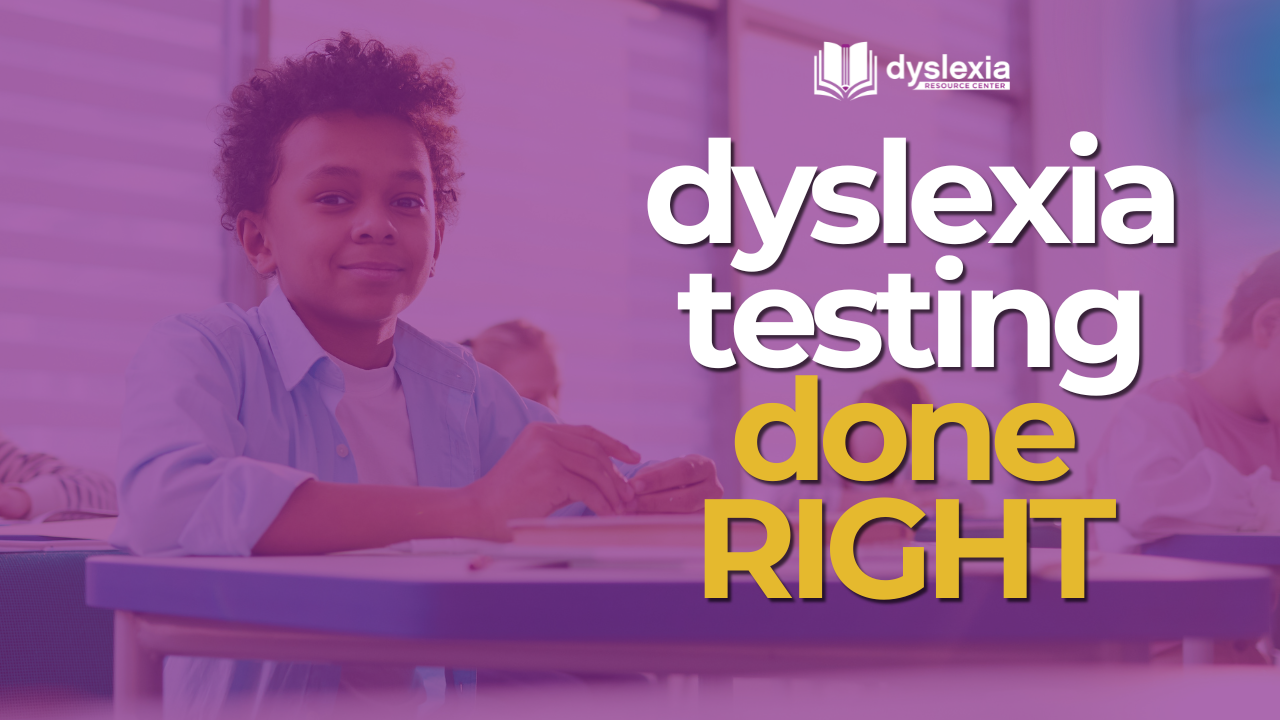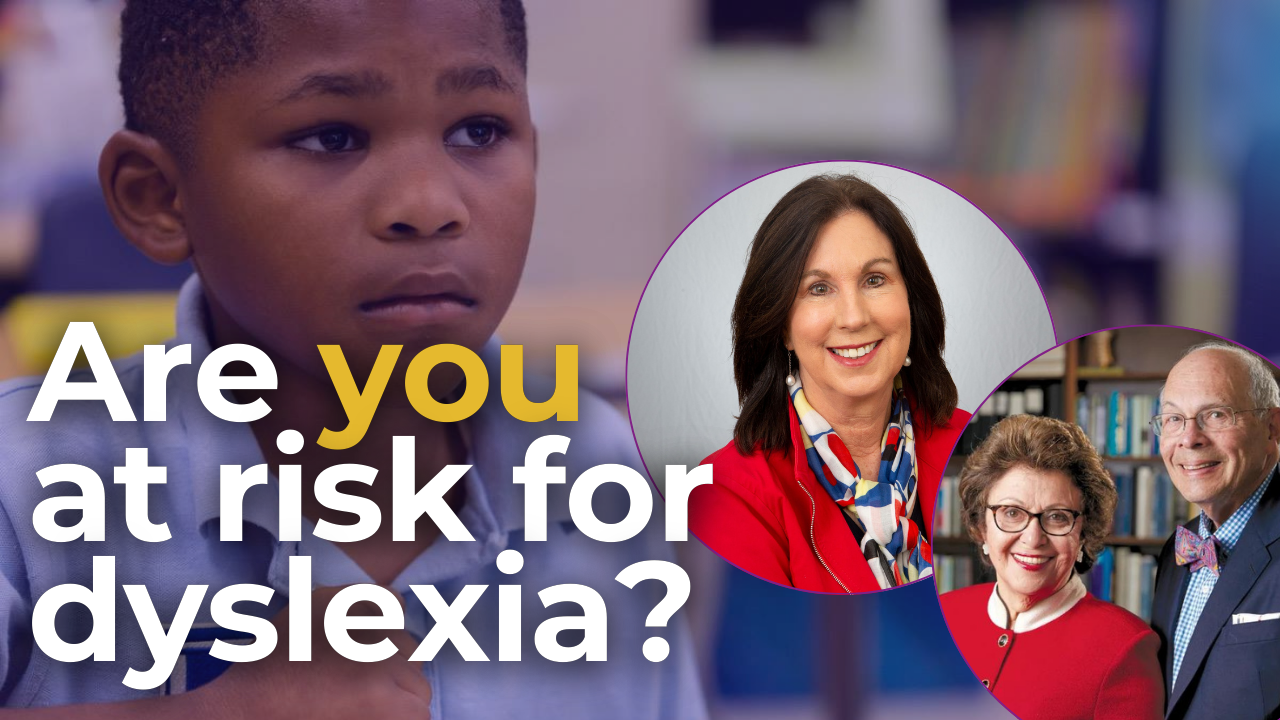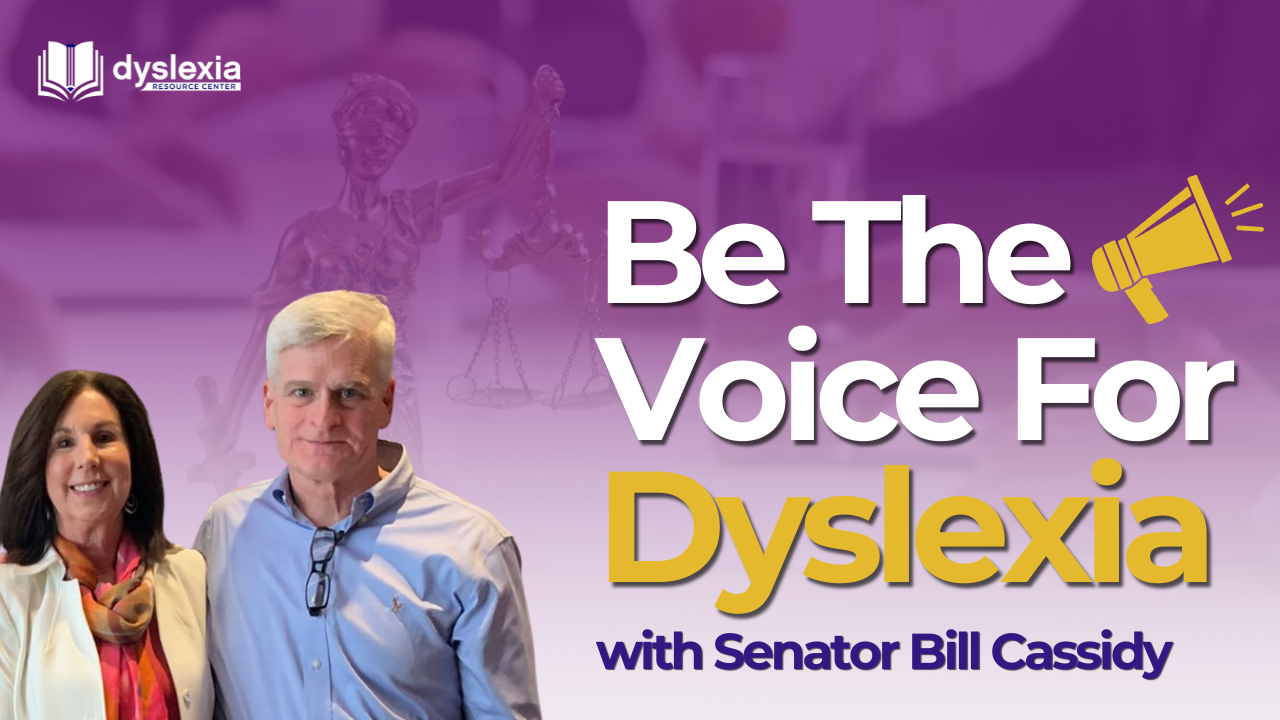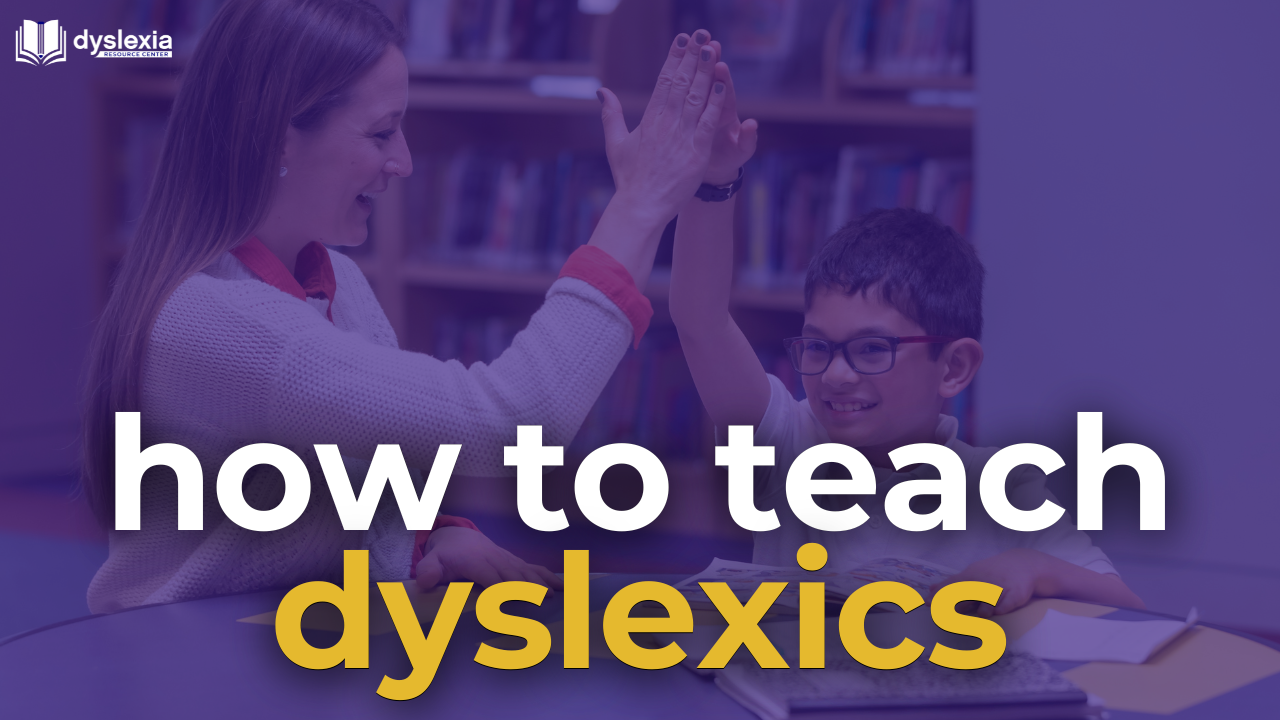Does My Child Have Dyslexia?

If you suspect your child has dyslexia, how is the diagnosis confirmed?
Functional MRI’s showed us the neurosignature of dyslexia but they are not used for diagnosing dyslexia. We know the phonologic deficit is the result of the inefficient systems used for reading in a dyslexic and so the fMRI is not necessary. They are used only in large research trials.
Instead, a clinical diagnosis is made by taking a history and evaluating signs, symptoms, and tests.
For dyslexia, pertinent past medical history would include speech delay, delay in learning and remembering the alphabet, and difficulty or no interest in rhyming. Your child could have word retrieval issues especially in front of a classroom or crowd.
Difficulty in reading is the most common symptom and dyslexic children may not like to read aloud unless they are in a comfortable setting. When they read aloud, they will have frequent pauses and possible mispronunciations. They may read with a flat monotone as well, as they are struggling to read accurately and don’t understand context. Spelling is poor.
Dyslexia is defined as “an unexpected difficulty in reading in relation to an individual’s higher level of intelligence.” The doctor or clinician will interview you and your child about academic success and failure as well as instruction models and tutoring which can impact testing. Family history may be relevant as dyslexia can run in families. Some children are the first to be diagnosed in a family which can connect a lot of dots for undiagnosed parents.
The reason dyslexia is “unexpected” is that in non-dyslexic children, IQ is consistent with their reading ability, but in dyslexia, children with average to above average intelligence are poor readers. It is not expected that these bright children would struggle to learn the alphabet and read.
Dyslexia is for life. Once diagnosed, there is no need to have the diagnosis confirmed. Progress monitoring after tutoring or academic interventions are expected.
Children with dyslexia therefore have average to above average intelligence (confirmed by an IQ test) with a phonemic deficit (evaluated by the CTOPP). If they have undergone any language instruction the deficit may be in the average range but they will not be fluent readers. There is single word fluency and text fluency. Both may be tested but the goal is to achieve connected text fluency. Fluency is defined by accuracy (decoding skills learned in language therapy), speed or rate (remember the dyslexic uses a slower inefficient system to read), and intonation or prosody (which means that the reader understands the context of the text). Once fluency is attained the child can focus on comprehending the text, instead of struggling to accurately read the words.
Many of these children have attention issues as well as dyslexia. This can make school more difficult without a stimulant medication or caffeine but the underlying dyslexia and achieving fluency is the harder task. Progress monitoring of decoding and fluency is warranted in the early years.
